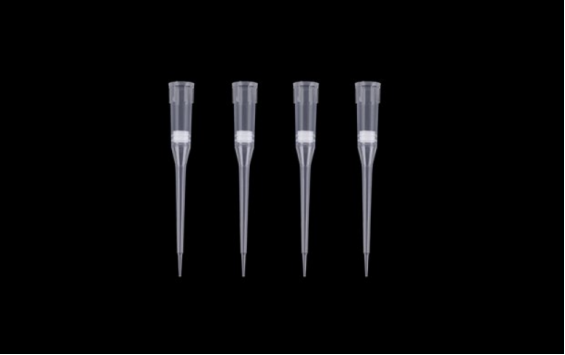Copyright © 2021 Suzhou Cotaus Biomedical Technology Co. Ltd. All rights reserved. Site Map Powered by 
To a great degree the commonly used grades of automated pipettes tip within the pipette calibration are five in number. These grades of pipettes all have their requirements and guidelines for use, measurement, testing and maintenance to be particular to each of them.
The five grades of pipettes are namely disposable/transfer, multichannel, graduated/serological, single-channel and repeat pipette.
The method of use of these equipments beginning from transfer pipette dropper, which is the most simple to the improved repeat dispensing pipettor has an influence on the test results' accuracy.
Speedily and without further delay we will consider the operations of several automated pipette tip.

In making use of this kind of automated pipette tip, obtaining the final volume is done by having the difference of the liquid before and after it has been dispensed, as much as a burette. This technique is the recognized technique when you use a graduated pipette:

A single-channel pipette is an instrument that cannot be disposed. It is typically an air-displacement design that generates exact measurement result by using a disposable tip.
The standard techniques connected with single-channel pipetting are two in number:
For you to supply the liquid, have the tip layed against the receptacles sides. Next you thructh the plunger slowly through the first stop unto the blow out point which is the final as you touch the tip to take off the last drop.
Putting this technique into use, you will have the plunger pushed all through to the third stop position i.e downwards, sinking it a little into the liquid and freeing the plunger slowly all through to the top again. Afterwards, you aspirate the liquid into the tip.
Against the receptacle walls position the pipette tip and having the plunger thructhed to the first stop. Still having your grip on the plunger in its position, from the receptacles take away the tip.
At this point a sample of the liquid is left in the tip, however, it's not included in the measurement. At this point, you can have the aspiration procedure done again and then continue.

With over a decade in the design, manufacture, and supply of high quality automated pipette tip, we have an outstanding reputation in the industry as a leading brand that is quality-oriented.
In case you are considering investing some money in your laboratory through the purchase of premium automated pipette tip, you can contact us for the best deal.